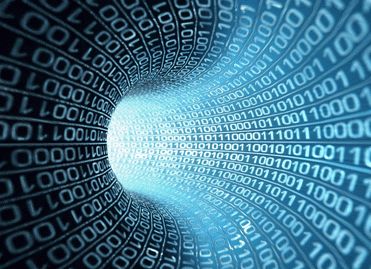


Adopted on 23 February 2022, Regulation (EU) 2023/2854, known as the Data Act, will gradually take effect starting from 12 September 2025. This text marks a turning point in European data regulation, establishing a comprehensive legal framework dedicated to the access, sharing and use of industrial data.
While the GDPR (General Data Protection Regulation) focuses on the protection of personal data, the Data Act complements this framework by addressing industrial data, i.e. data generated by connected objects and their related services. This includes data obtained, generated, collected or stored by these products or related services, hereinafter referred to as "IoT data").
The European legislator has two primary objectives:
The two regulations may apply concurrently.
Indeed, many situations involve a combination of these two data types. For example, a connected vehicle generates technical performance data, such as data related to engine operation (non-personal), and location data linked to the user (personal). In this case, sharing this IoT data with third parties must comply with both the Data Act and the GDPR. It is also possible that the two regulations may conflict on specific issues, in which case the GDPR takes precedence over the Data Act.
Many stakeholders are affected by the Data Act. Specifically, it applies to the following entities and individuals:
These data holders include:
This broad scope demonstrates the ambition of the regulation: to establish a genuine single market for IoT data in Europe.
The regulation will be implemented gradually, in accordance with the mechanism set out in Article 50:
Starting 12 September 2025:
From 12 September 2026:
Starting 12 September 2027:
The Data Act grants new rights to users:
For example, a user buys a washing machine and installs an app that measures the environmental impact of the wash cycle using sensor data from inside the machine and adjusts the cycle accordingly. This feature would be considered a related service. The user will therefore be able to access the data from this related service.
For example, a smart electricity meter user can view their energy consumption history and request that this data be sent to a competing supplier to get a personalized offer.
These rights should not be confused with those provided for in the GDPR:
Data holders, including manufacturers of connected devices and providers of related services, will have to establish technical interfaces (APIs, secure platforms) to enable access and sharing in a transparent manner, without excessive costs or technical barriers.
There will be close monitoring of compliance with these new obligations. Article 33 of the Data Act states that the supervisory authorities appointed by each Member State—such as the CNIL in France and possibly other sector-specific authorities—will have the authority to impose administrative penalties.
These penalties are comparable to those provided for in the GDPR: fines of up to €20 million or 4% of the company's annual global revenue, whichever is higher (Article 40 of the Data Act, which refers to Article 83(5) of the GDPR).
Companies that hold industrial data will therefore need to prepare for this new framework by adapting their contractual documentation and information systems to avoid significant financial and reputational risks.